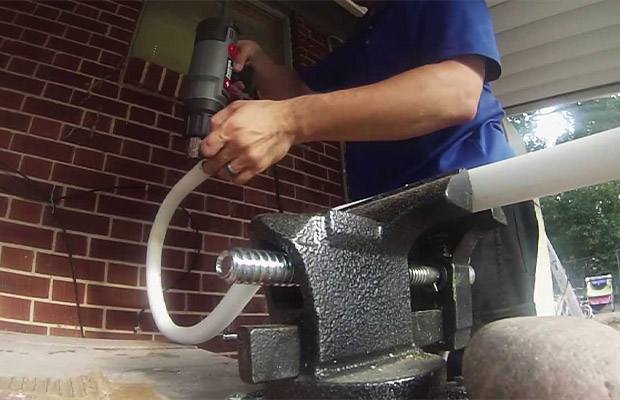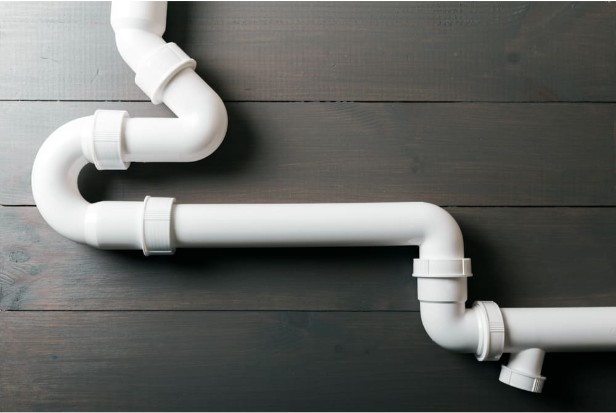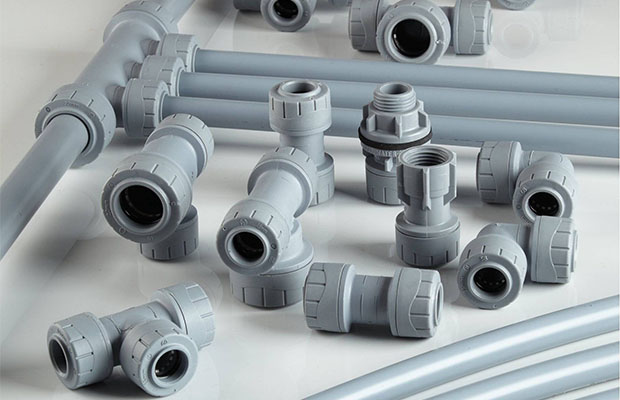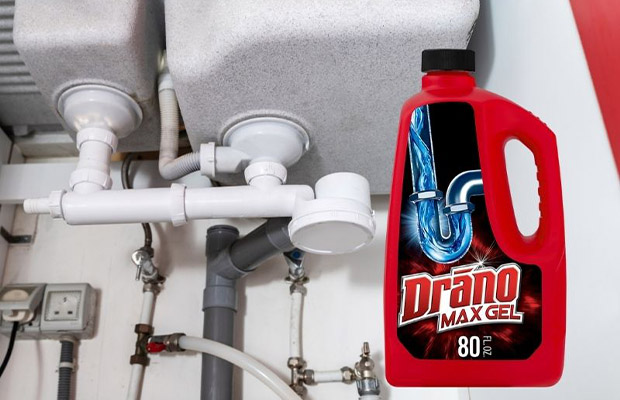
Despite the fact that PVC pipe is incredibly rigid, using this method allows you to bend it up to 90 degrees without kinking. For tasks around the house, PVC pipe bending is becoming more popular.
How to bend PVC pipe? PVC bending can be a laborious and time-consuming process. You could use a hair dryer or gas stove for bending.
Here are some simple ways to bend PVC piping for your upcoming DIY project.
Table of Contents
Preparation Before Bending PVC Pipe
You’ll need a few common protection tools before you start the process. Obtain a set of heat-resistant gloves. This will enable you to bend the pipe safely. Put on safety glasses that are properly adjusted. Whenever working with PVC, you should always wear safety glasses. You should work in a room with good ventilation. Great alternatives include the outside and an open garage.
How To Bend PVC Pipe Using Heat?
By applying heat to the area where the bend is desired, PVC pipes can be bent.
PVC is a type of polymer referred to as an amorphous polymer by scientists because the particles that make up its structure are not arranged in rigid grids.
Thus, the PVC becomes softer and is easier to bend when heated. It will remain in that new position after cooling.
Method 1: Use A Hair Dryer

Since the pipe isn’t exposed to a naked flame, using a hairdryer to heat PVC is safer. Here’s how you can use a hairdryer to bend PVC:
How to Bend PVC Pipe With a Hair Dryer
- Use a marker or piece of tape to mark the location of the bend. Next, make two marks eight inches apart on either side of the desired bending point. These marks will represent the heat region.
- Put the PVC pipe on a supporting structure so it is not level with the table. Ensure that the center of the supporting object is where the bending point will be. You can use a stone or a log.
- When applying heat, turn on the hairdryer and hold it three inches away from the PVC pipe.
- Apply gentle pressure with your other hand to the pipe in the desired direction of the bend.
The hairdryer’s heat is sufficient to bend the pipe. The pipe might, however, collapse and kink as shown in the illustration below, rendering it useless.
Any one of the following suggestions can be used to prevent kinks in the pipe.
- inserting a spring or coil. Put a spring into the pipe where you want to bend it. To make it simpler to lower into position, you can attach a long, thin wire to the spring’s one end. When you’re finished, just remove the spring and wait for the pipe to cool so that it’s ready for use. Then repeat the previous steps using the hairdryer.
- Using Sand. Sand should be poured into the pipe until it extends an additional inch or two past the desired bend. To prevent the sand from spilling out, tape or cork the pipe’s opening. Now proceed as described above for using the hairdryer until you have bent the pipe into the desired shape. Sand should be poured out and allowed to cool.
Method 2: Using The Oven Or Stove-top
You can simply put some sand in the oven or on the stove if you don’t have a hairdryer. The pipe will gain heat from the sand, which will make it flexible enough to bend.
Why sand alone and not some other substance? That’s because sand retains heat for a long time. Imagine how warm the beach sand feels long after the sun has set.
After being removed from the oven, the sand won’t immediately begin to cool off, transferring heat to the pipe. Sand also aids in filling out the pipe so it won’t kink.
How to Bend PVC Pipes Using the Oven or Stove-Top
- Use a marker or tape to indicate the location of the pipe’s bend.
- Sand should be put inside the pipe up to three inches past the bend.
- A heat-resistant container should be filled with sand.
- Turn the heat to 431 degrees Fahrenheit and put the sand-filled container in the oven or on the stove. To ensure an even distribution of the heat, stir the sand.
- Refill the pipe with the sand, and allow it to sit there for 50 to two minutes.
- After that, gently bend the pipe to the desired angle.
- Sand should be emptied out, then the pipe should cool.
Method 3: Heated Sand
Another way to bend PVC pipes is with heated sand.
Sand is usually heated to between 300 and 400 degrees. Use a standard skillet and stove from the kitchen. Pre-calculating the amount of sand you’ll need based on the diameter of the pipe is helpful.
- If possible, heat the sand on the stove to a temperature of 300 to 400 degrees. This temperature range gives the pipe the ideal amount of flexibility. Cap one end of the pipe with a cap while the sand is warming.
- Grab a funnel that will fit inside the pipe as well.
- Once heated, add the right amount of sand to the pipe. The pipe will become flexible somewhere around thirty seconds.
Be aware that only the area where the sand is will cause the pipe to become flexible. As necessary, bend the pipe. Pour the sand out to start the cooling process with the pipe in the appropriate position.
Method 4: With Boiling Water
Boiling water is hot enough to cause PVC to become flexible. To bend a PVC pipe using boiling water, follow these instructions.
- Water should be brought to a boil and steam should begin to emerge.
- So that the steam flows through the pipe directly, attach one end of the pipe to the kettle’s spout.
- Five minutes should pass; after that, carefully bend the pipe into the desired shape.
Pro tip: Before using the pipe, keep in mind that it needs to completely cool. To make sure the bent pipe is sturdy enough to withstand the water pressure, pressure tests it as well.
Tips For Bending PVC Pipes With Heat
Before we begin bending the pipes, keep in mind that PVC and heat should always be handled with extra caution. That’s because PVC can produce harmful vapors and fumes like carbon monoxide and chlorinated furans when heated, so you need to
- Wear a gas mask
- Put on safety glasses
- Bend the pipes in a well-ventilated area ( do not bend PVC indoors )
When touching the hot pipe, don’t forget to wear heat-resistant gloves or oven mitts to protect your hands.
In addition to the fumes, vinyl chloride, one of the primary components of PVC, causes cancer. When it is contained within the PVC polymer, it is not harmful. Vinyl chloride will, however, be released into the air if the PVC catches fire.
So it’s best not to use a direct flame on the pipe.
Take Away
As long as you’re not counting on the PVC pipe to maintain its structural integrity, bending can be a very useful tool when creating unique projects.
Because PVC must be heated in order to bend, caution must be taken when attempting this project. This has the potential to harm the pipe and render it unusable if done incorrectly.
Read More: How To Vent A Washing Machine Drain Pipe?



